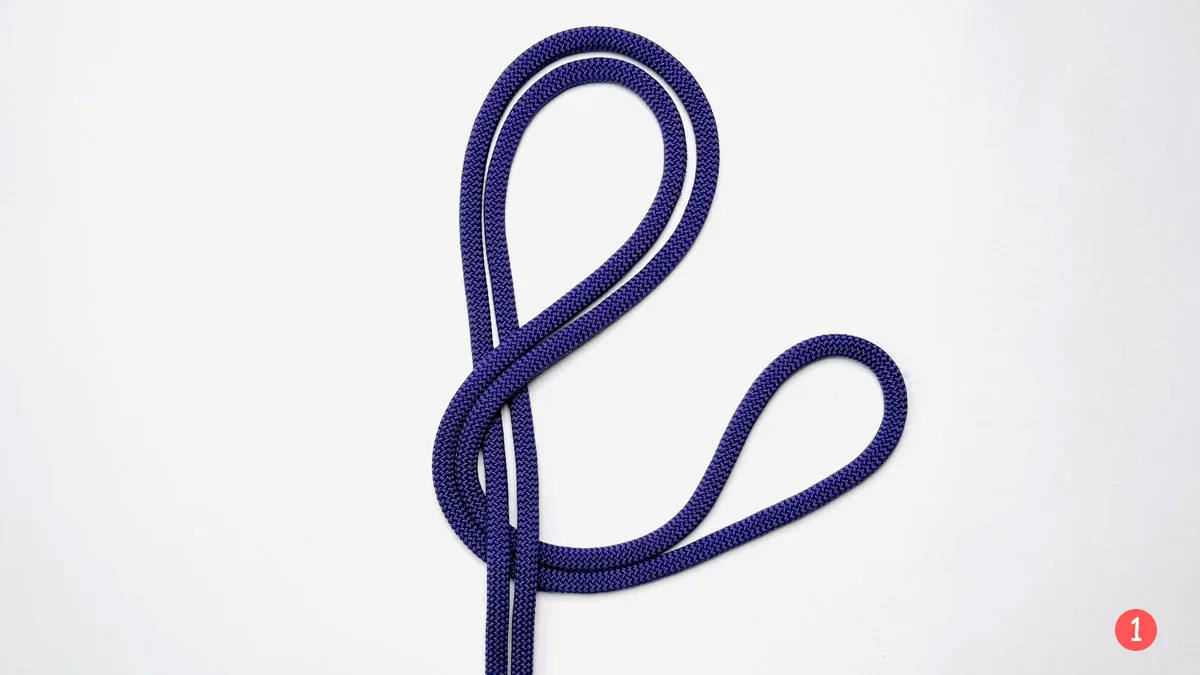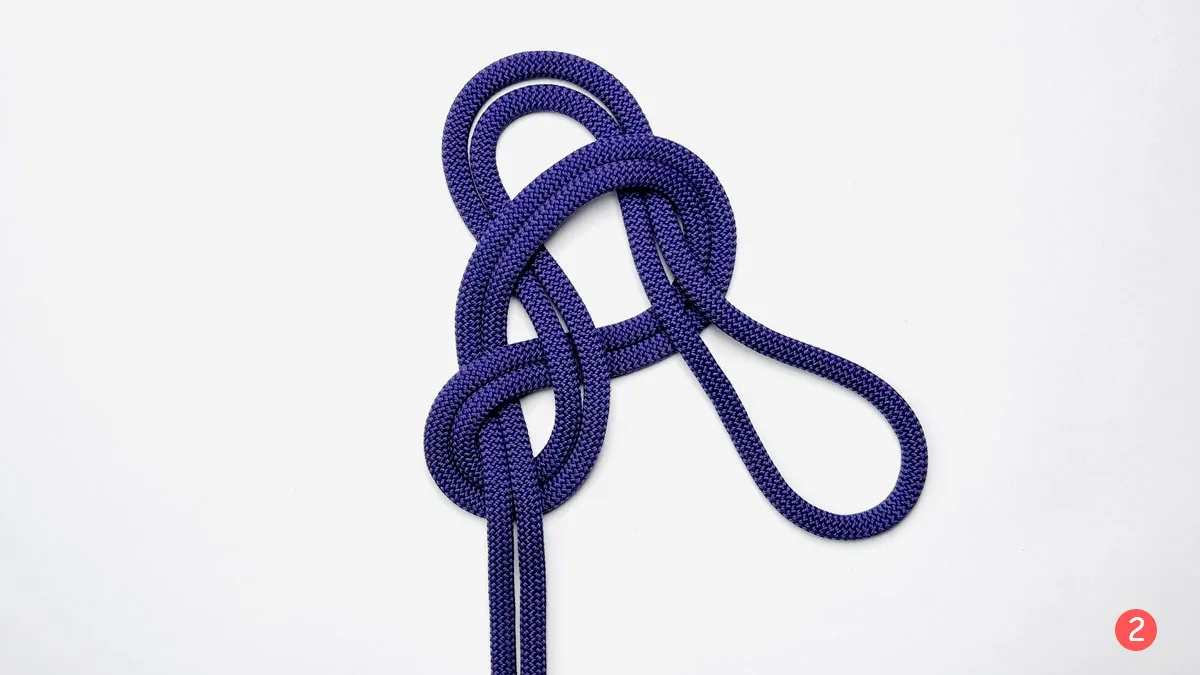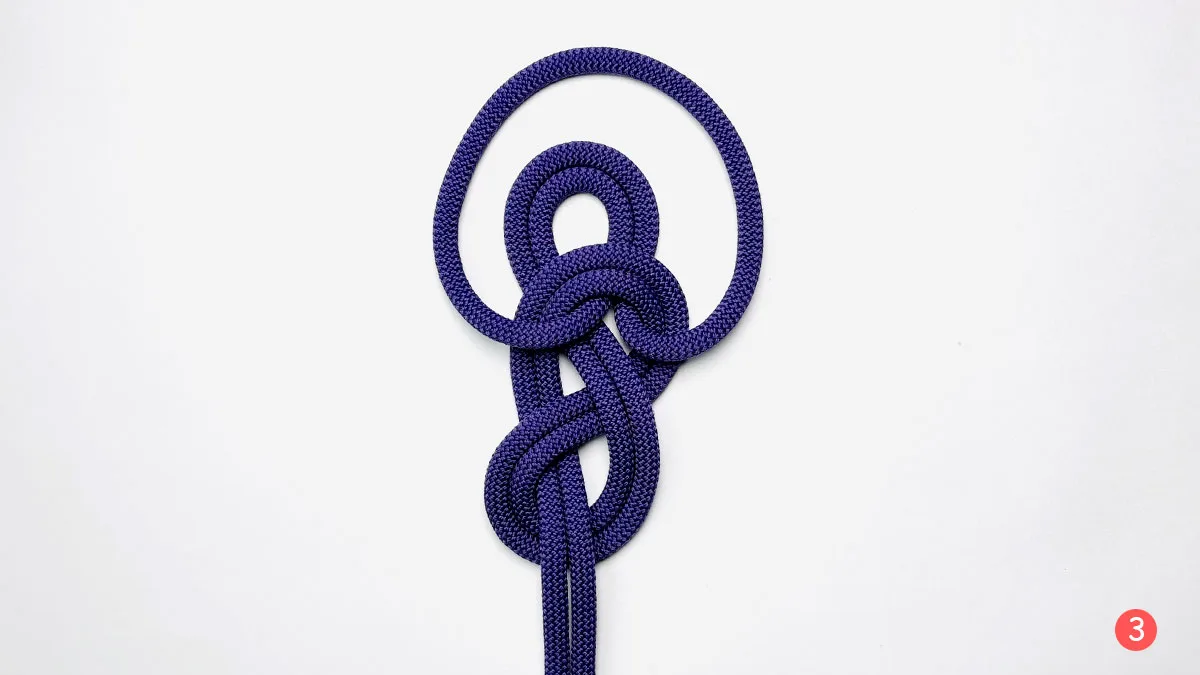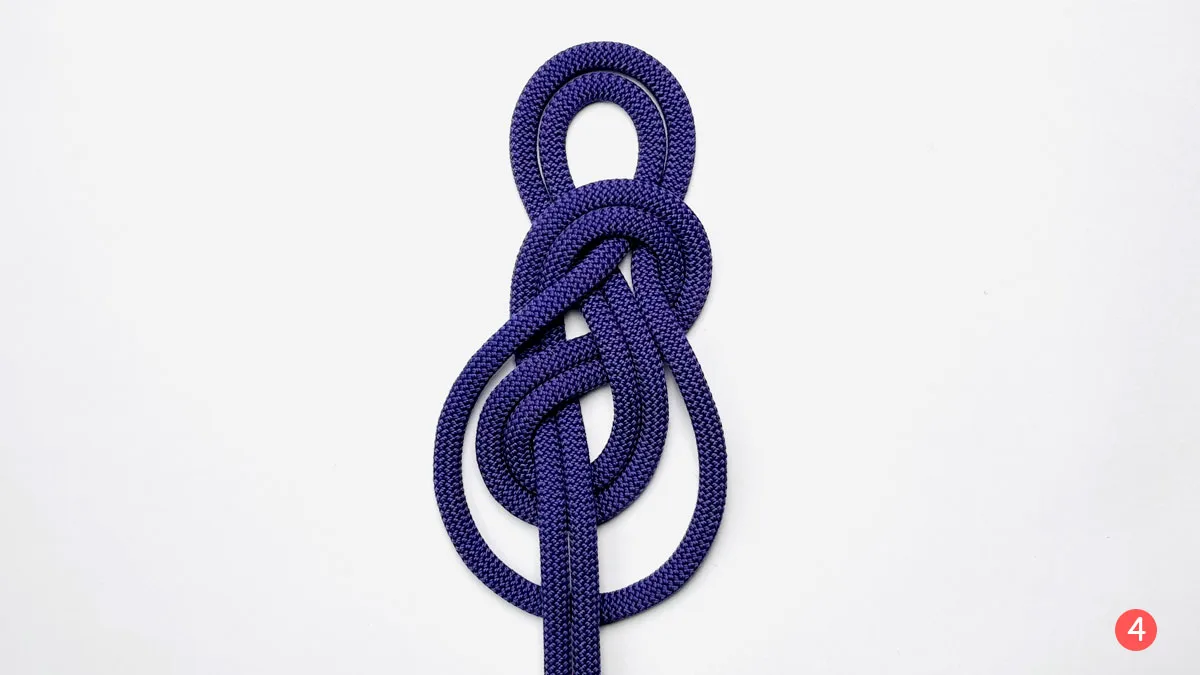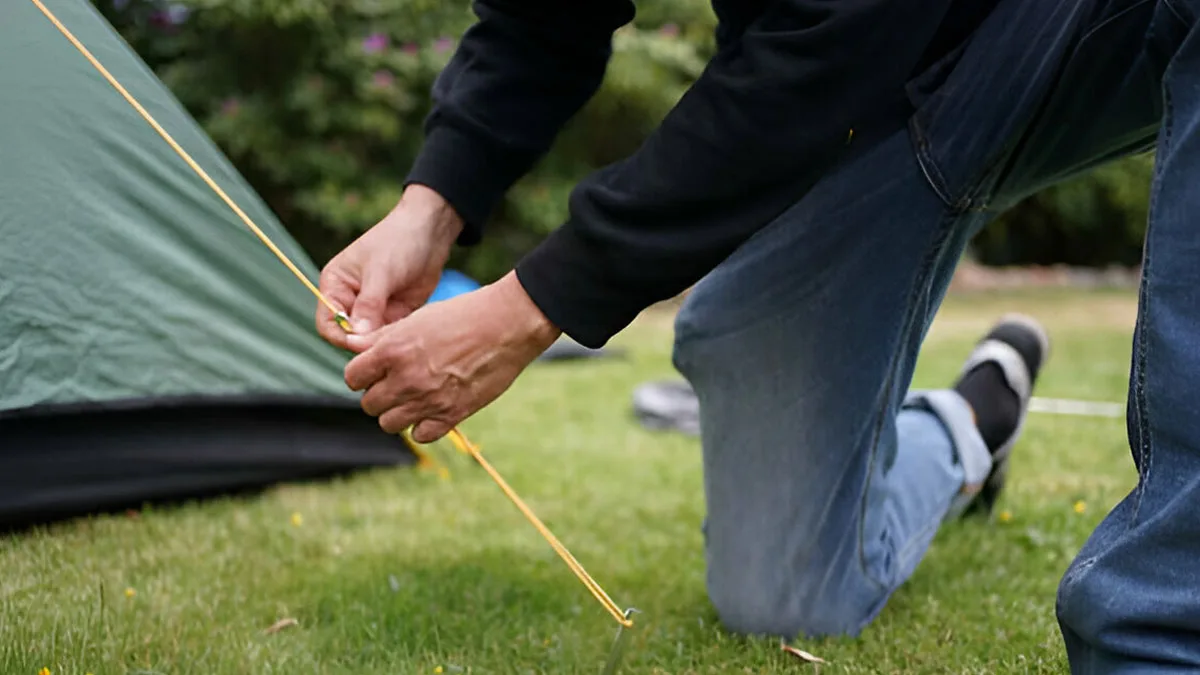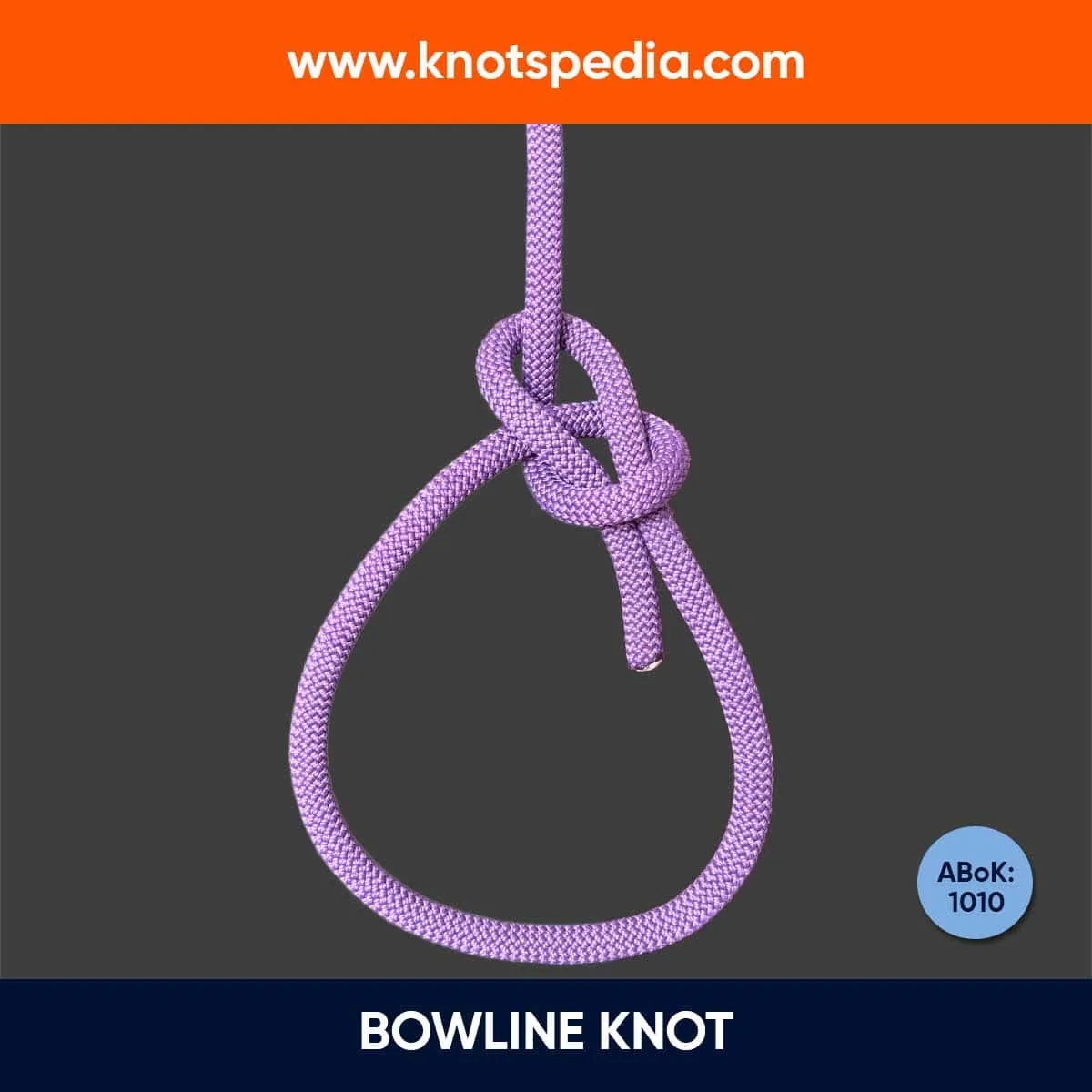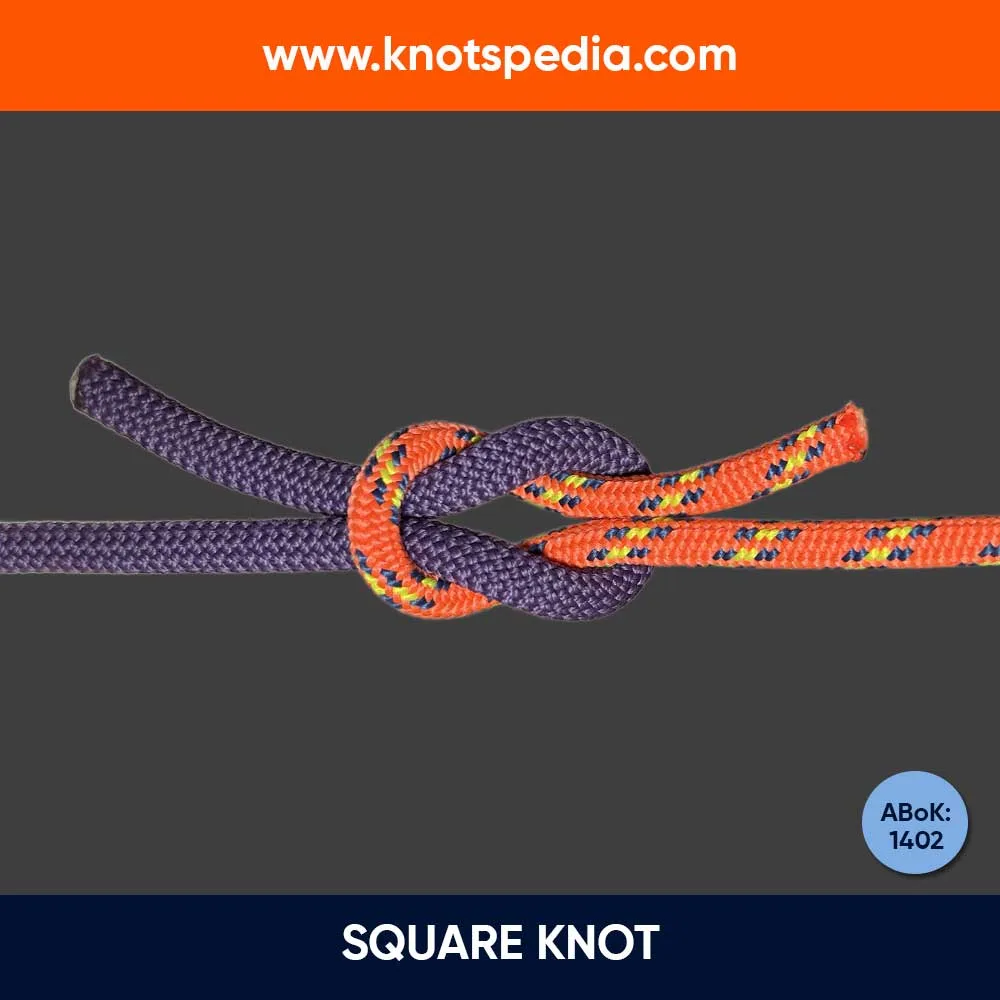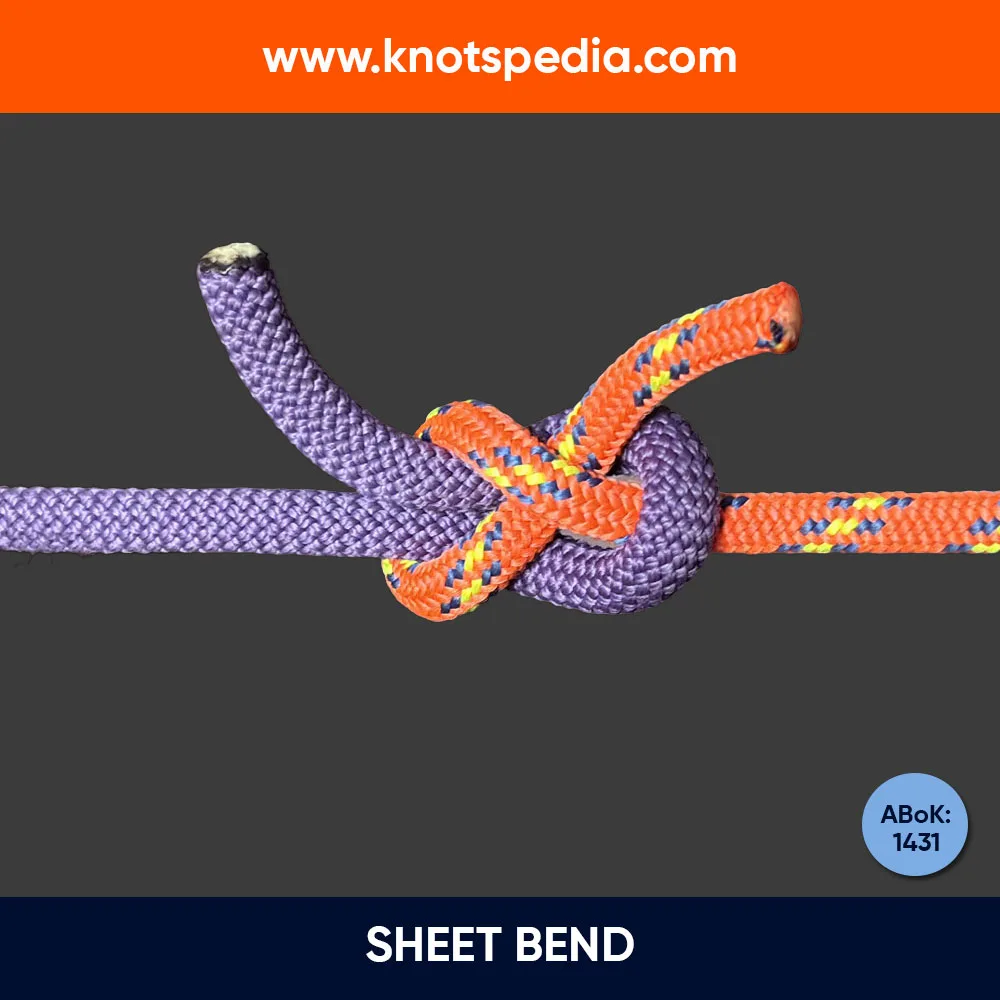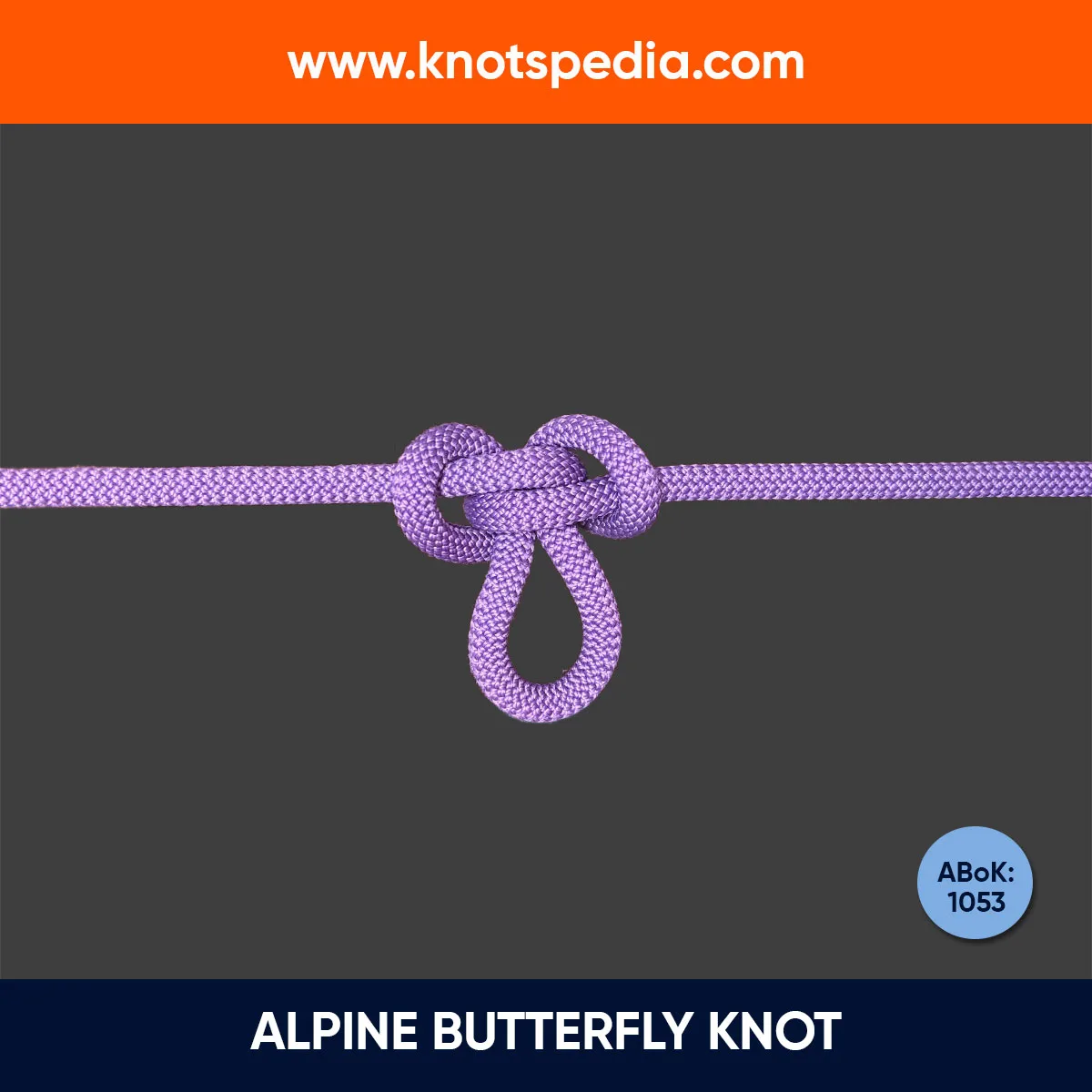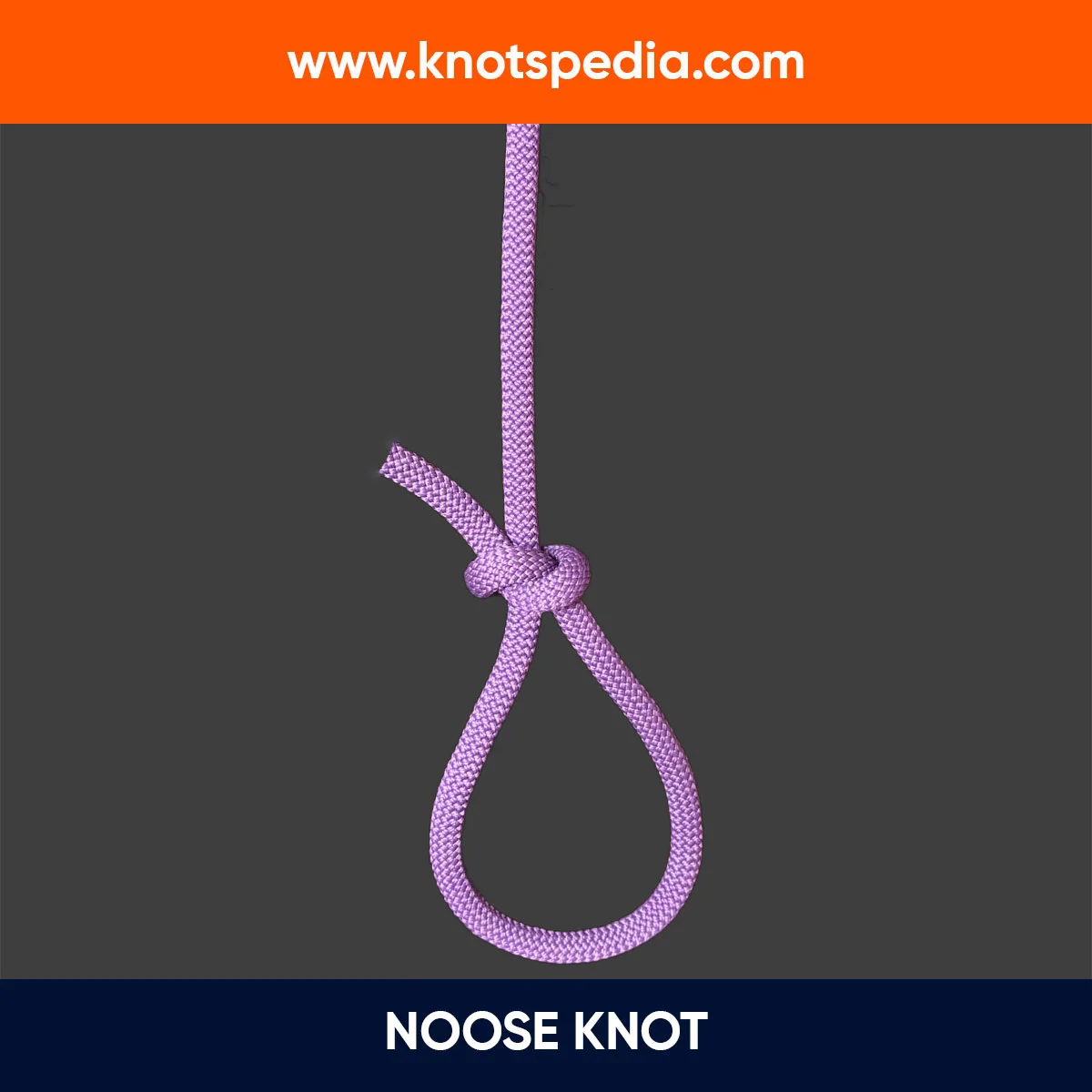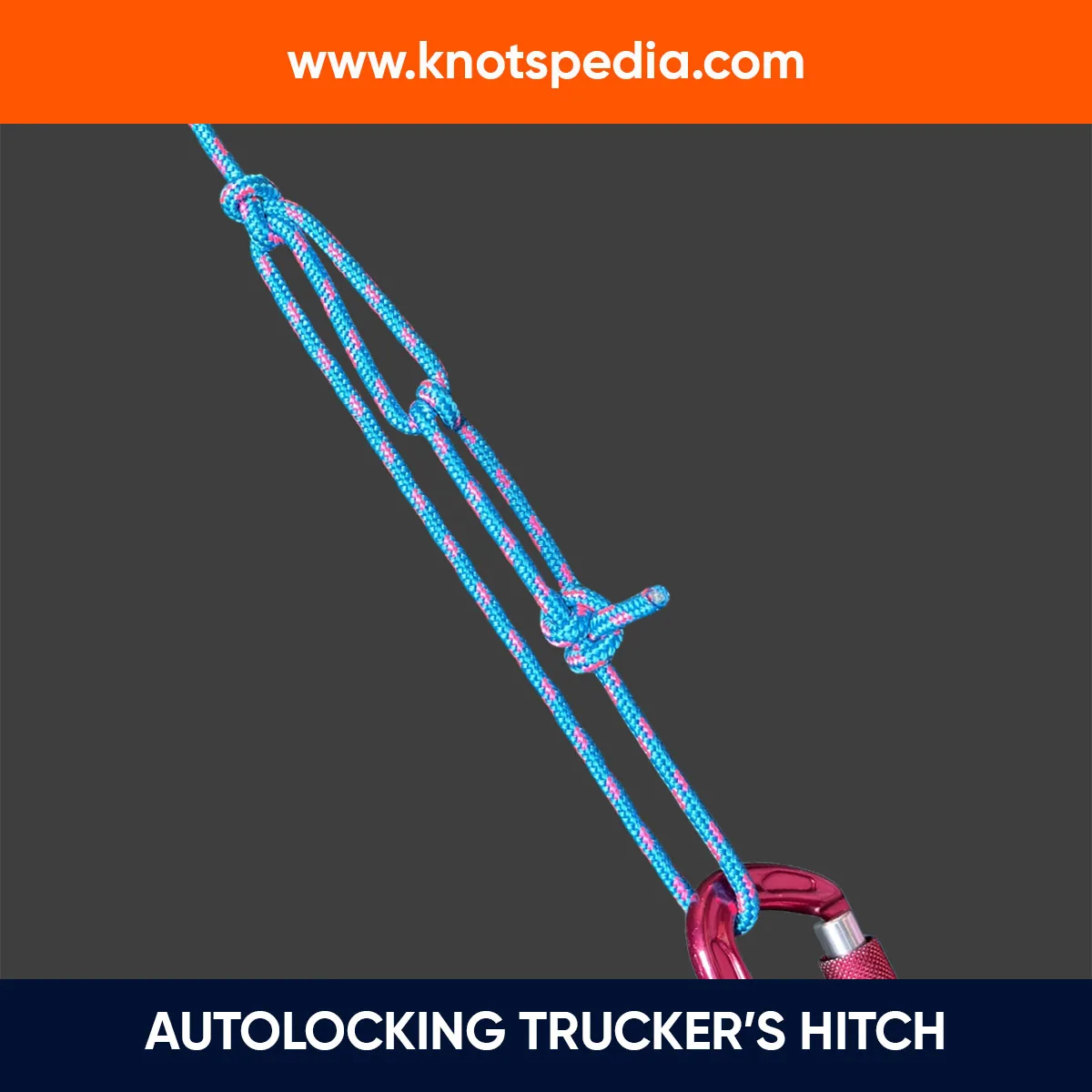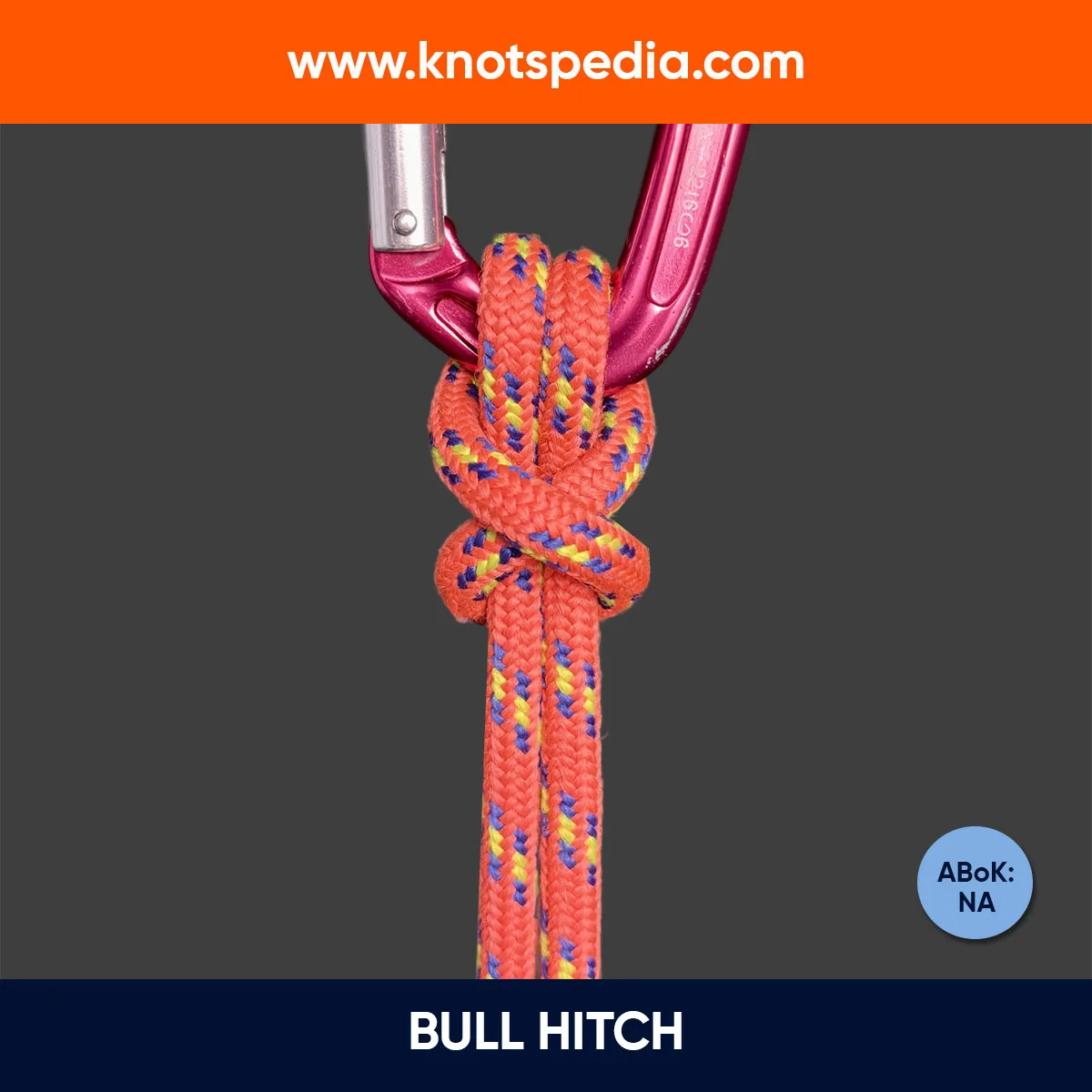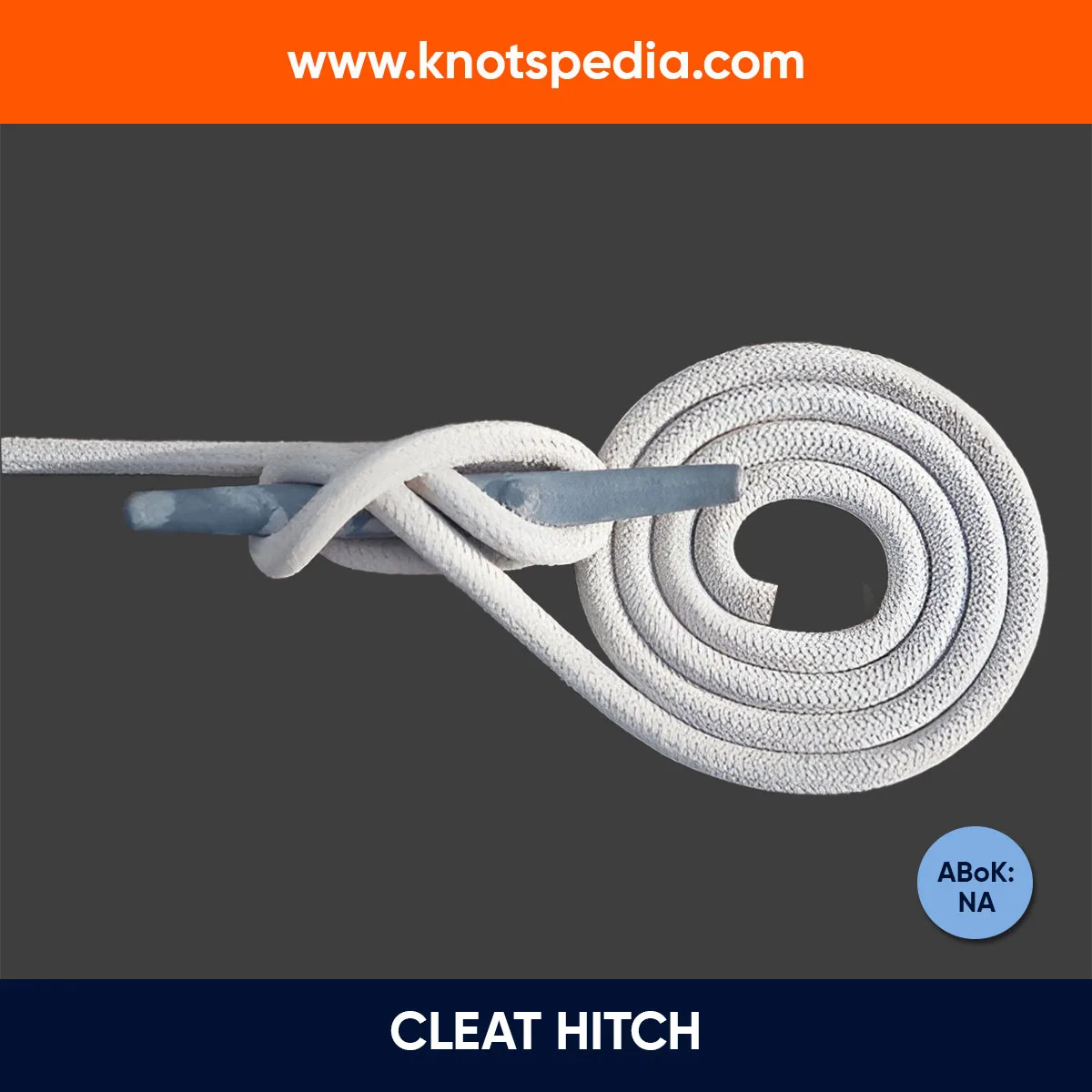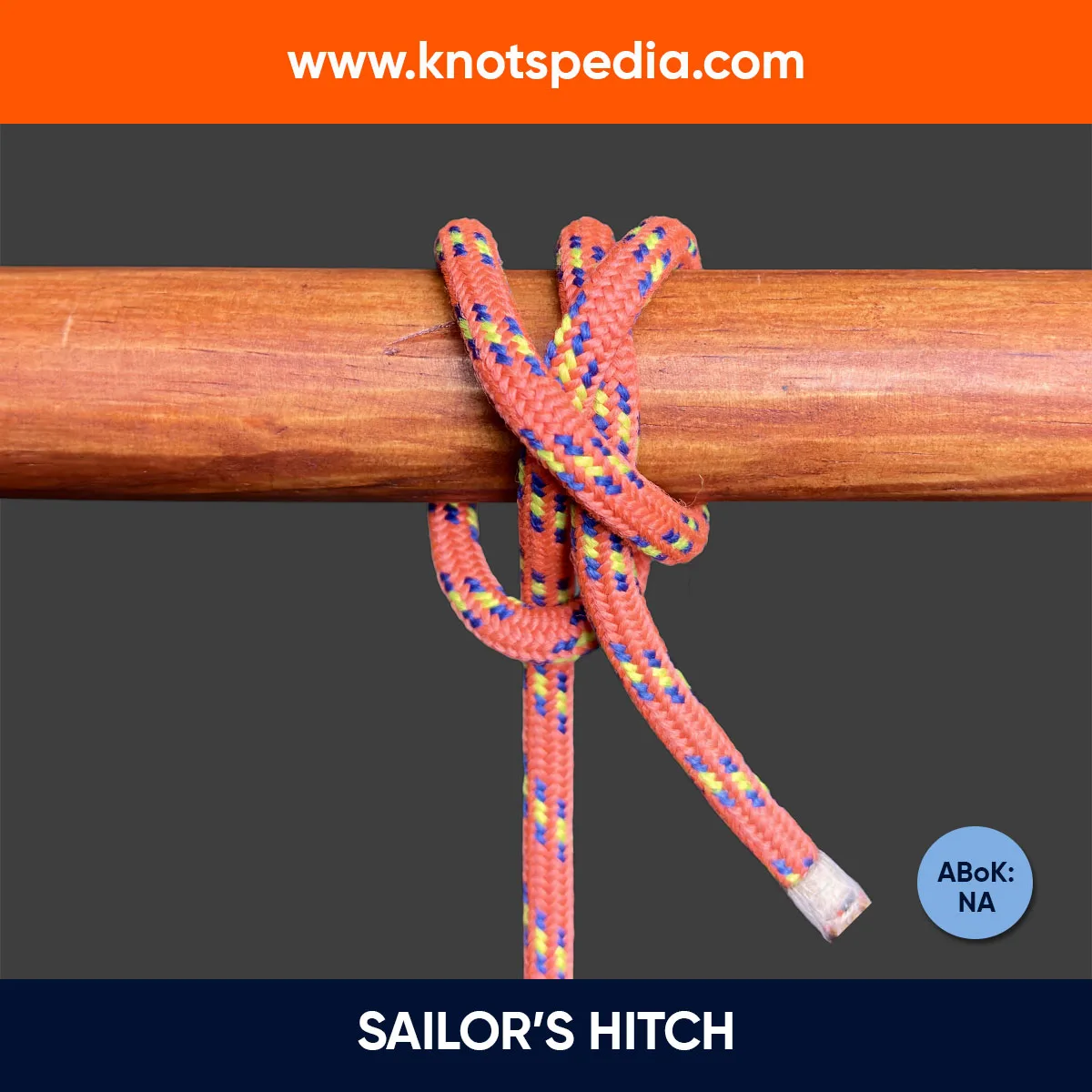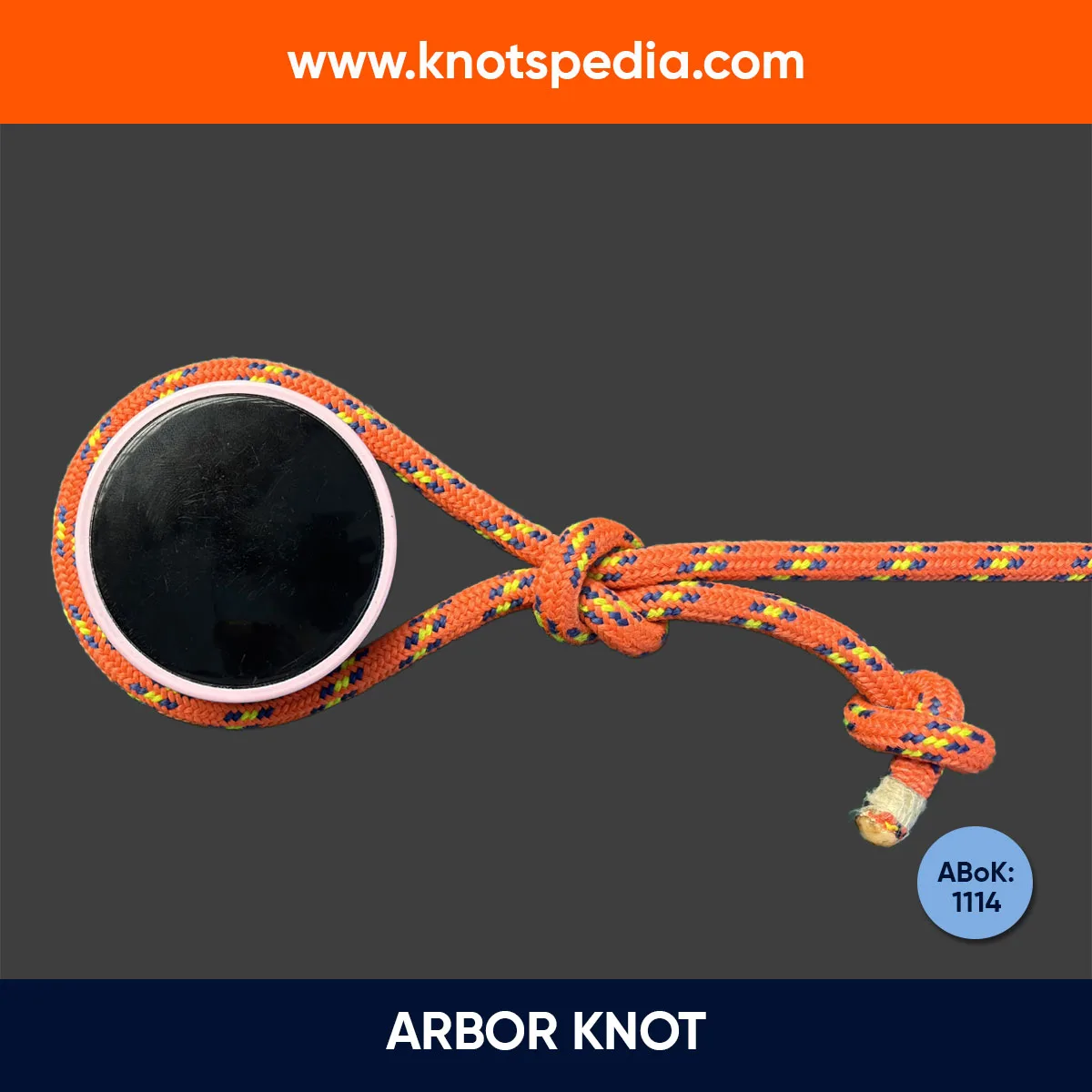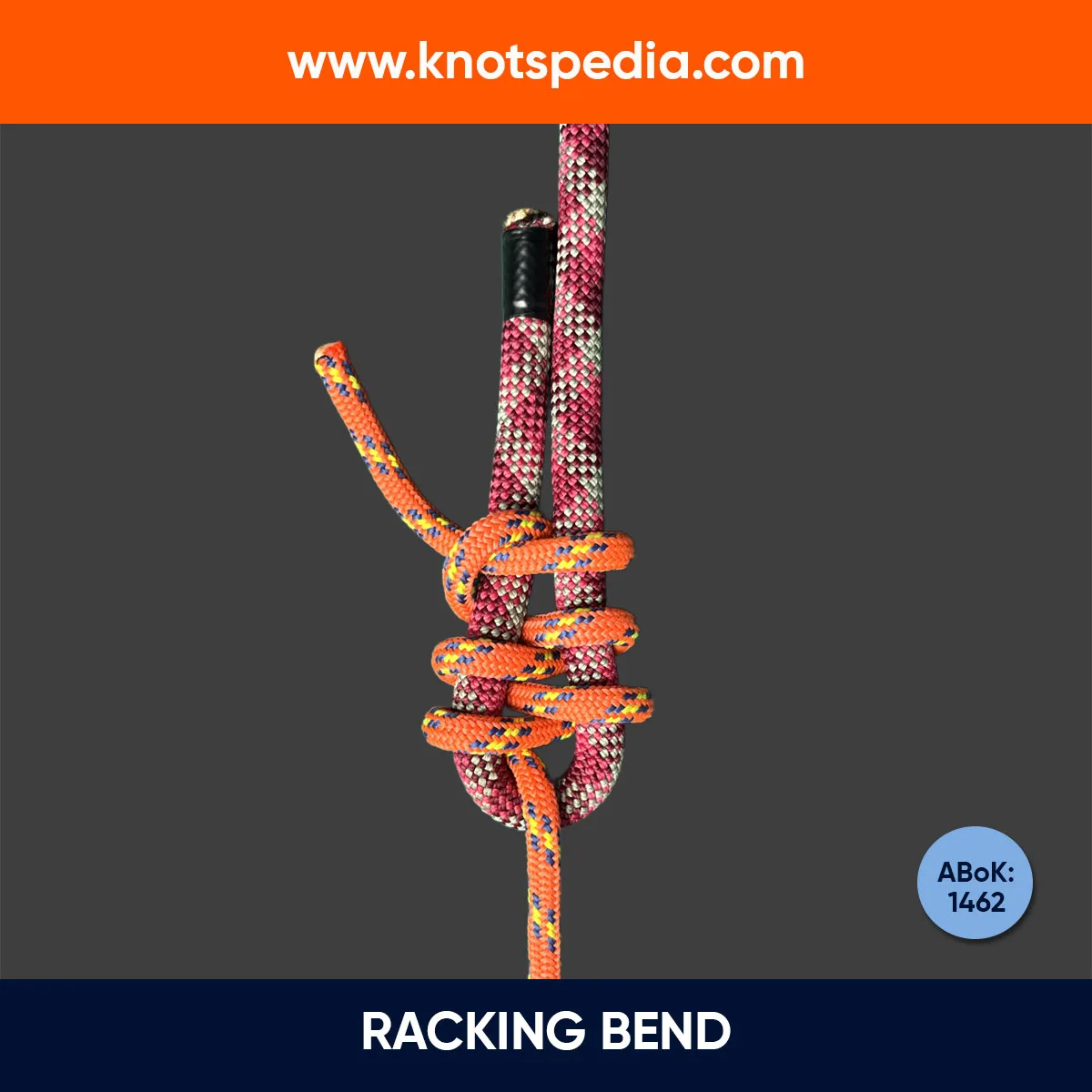The Double Figure 8 Knot is used to create a secure loop in the middle of the rope.
It’s based on a Figure 8 Knot, and looks like Figure 8 on a bight. But it forms two loops instead of one.
It’s easy to tie and inspect in a short amount of time, so it’s popular in climbing, caving, and search & rescue operations.
Let’s learn this knot in detail.
Double Figure 8 Knot Details
Type: Loop
Other Names: Bunny Ears, Super 8, Playboy Knot, Dog Eared Loop, Y-Hang
ABoK Reference: #1085
How to Tie Double Figure 8 Knot
- Make a loop with a long bight of rope.
- Fold the bight in half and feed it into the original Figure 8. Don’t pull it all the way—leave enough to create the twin “ears.”
- Tuck the large loop over the top of the knot.
- Bring the loop all the way to the bottom.
- Tighten the loops.
To untie, push the standing end upwards and pull the loop downwards. Then, unwind the rope through the loop.
You have done it right if you have two fixed loops at the end of the rope with two parallel lines on each side of the knot and three parallel lines at the end.

If you want the resulting eyes (loops) to be long, take a generous amount of bight.
Double Figure 8 Knot Step by Step

Double Figure 8 Knot (Video Guide)
Pros & Cons
- Easy to tie and inscpect.
- Forms two adjustable loops.
- High Residual Knot Strength.
- Difficult to tie under a heavy fall
Applications and Uses
It’s used in rock climbing to equalize the load using two anchors in a top-roping technique.
It’s used for creating a makeshift harness or a seat for emergency rescue situations.
Climbing photographers and aid climbers also use this knot to secure themselves to an anchor line.
Double Figure 8 Loop Knot Used in Fishing
In fishing, the Double Figure 8 Knot refers to a different knot and not the traditional Double Figure 8 knot that we use in climbing.
The fishing variant of this knot consists of two Figure 8 knots, which are tied in opposite directions.
When tightened, it creates a strong and reliable knot used to attach the fly to the tippet.
Double Figure 8 Knot Strength
The Double Figure 8 knot is strong and secure.
According to research, the Residual Knot Strength (RKS) of this knot is 66.1%-82.4%.
Several tests have been carried out, particularly by HowNOT2, where he tested whether this knot is actually redundant.
When the testing was done with only a single loop of this knot pulled and the other one empty, the other loop knot stayed intact.
The empty knot didn’t even tighten up and stayed in place.
Not only strength it is reliable as well.
Each loop shares roughly an equal portion (about 50%) of the load.
If one loop, anchor, or carabiner fails, the rest will stay intact and won’t receive a large shock load either.
Other Loop Knots
Portuguese Bowline

The Portuguese Bowline (French bowline) makes two adjustable loops that can be used as a Bosun’s chair to lower or hoist an object or person.
Spanish Bowline
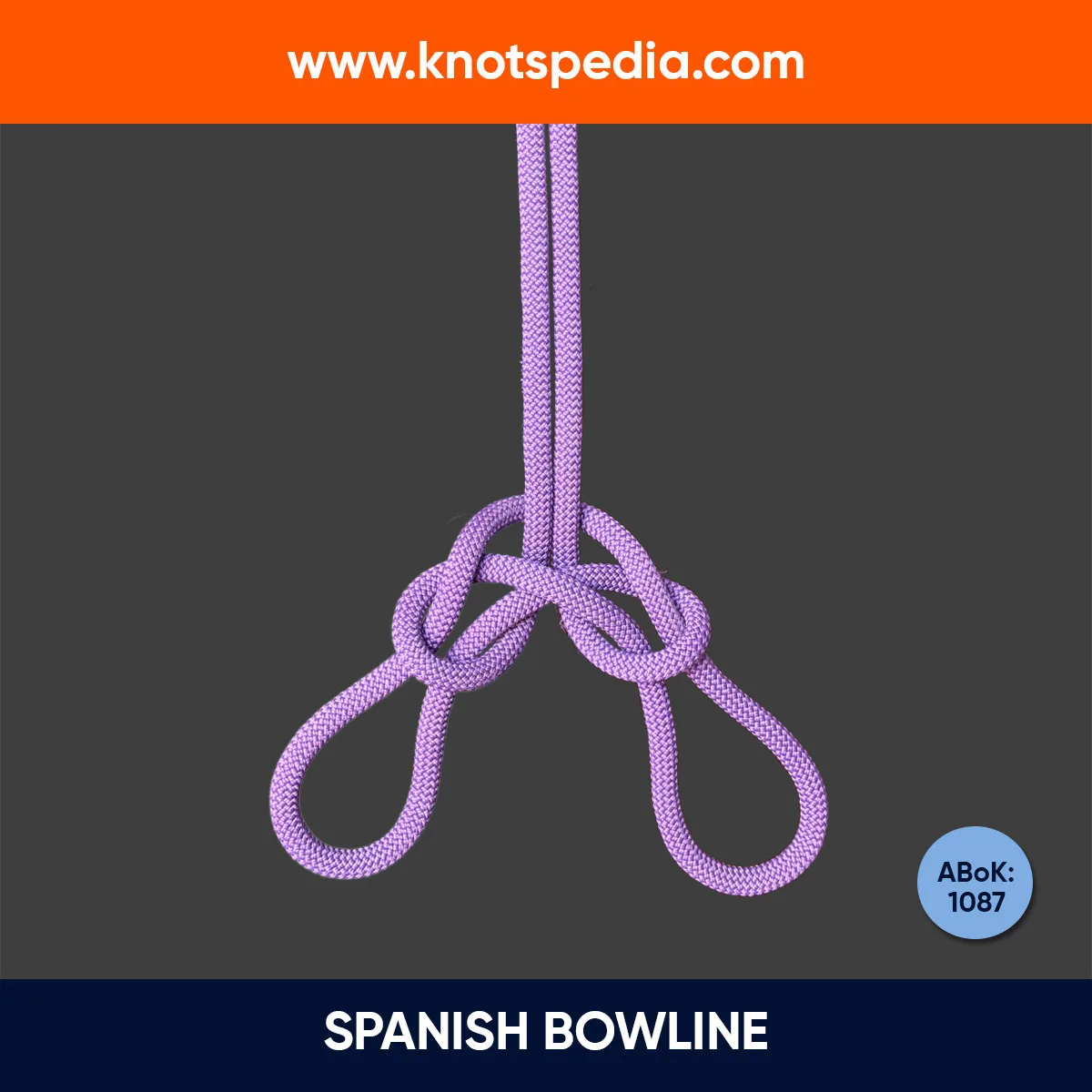
Unlike the French Bowline, the Spanish Bowline has each loop fixed and is not adjustable.
It is used as a temporary Bosun’s chair.
Double Alpine Butterfly Loop
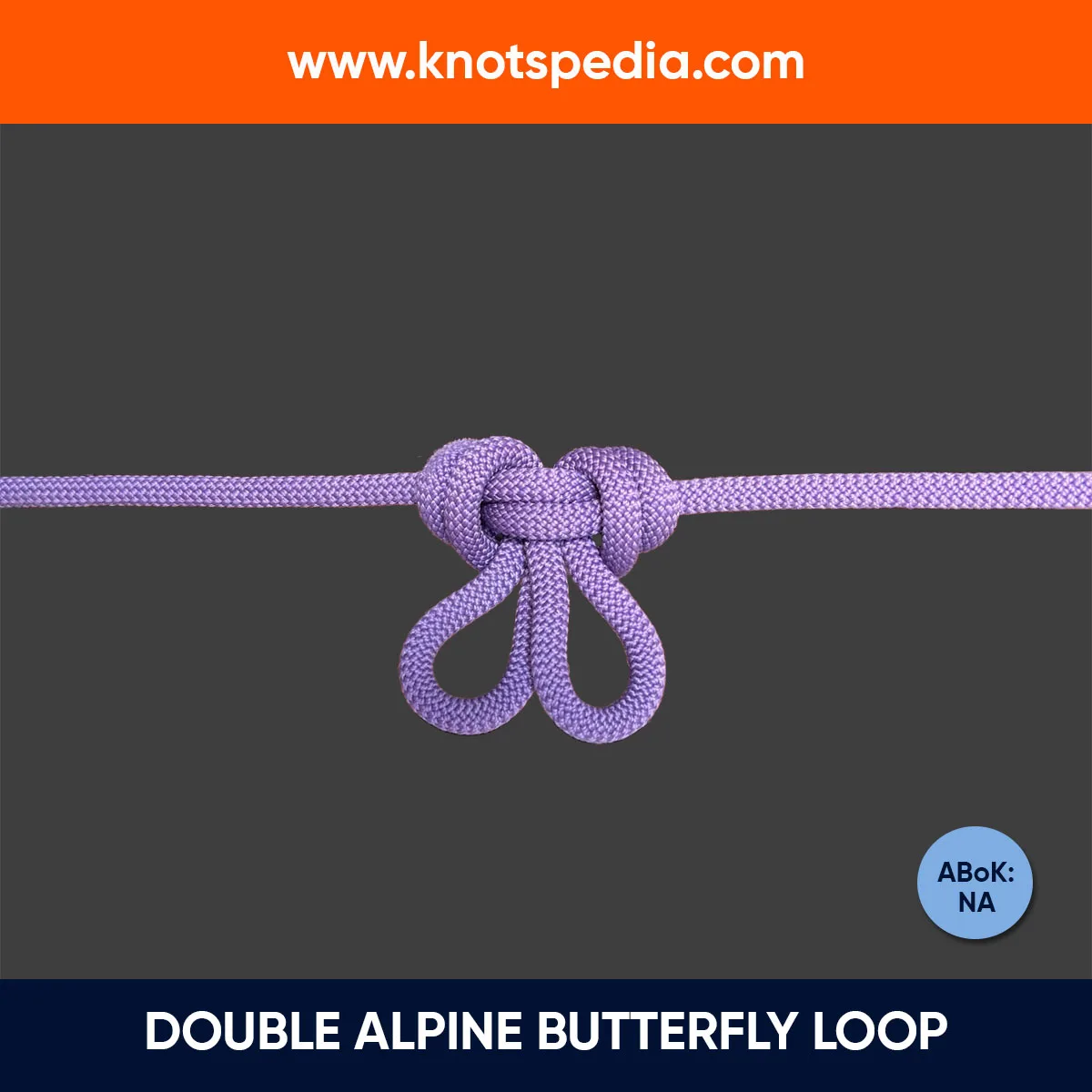
The Double Alpine Butterfly loop has a pair of secure loops in the middle of a piece of rope. It offers two clip-in points at once.
Bowline on a Bight
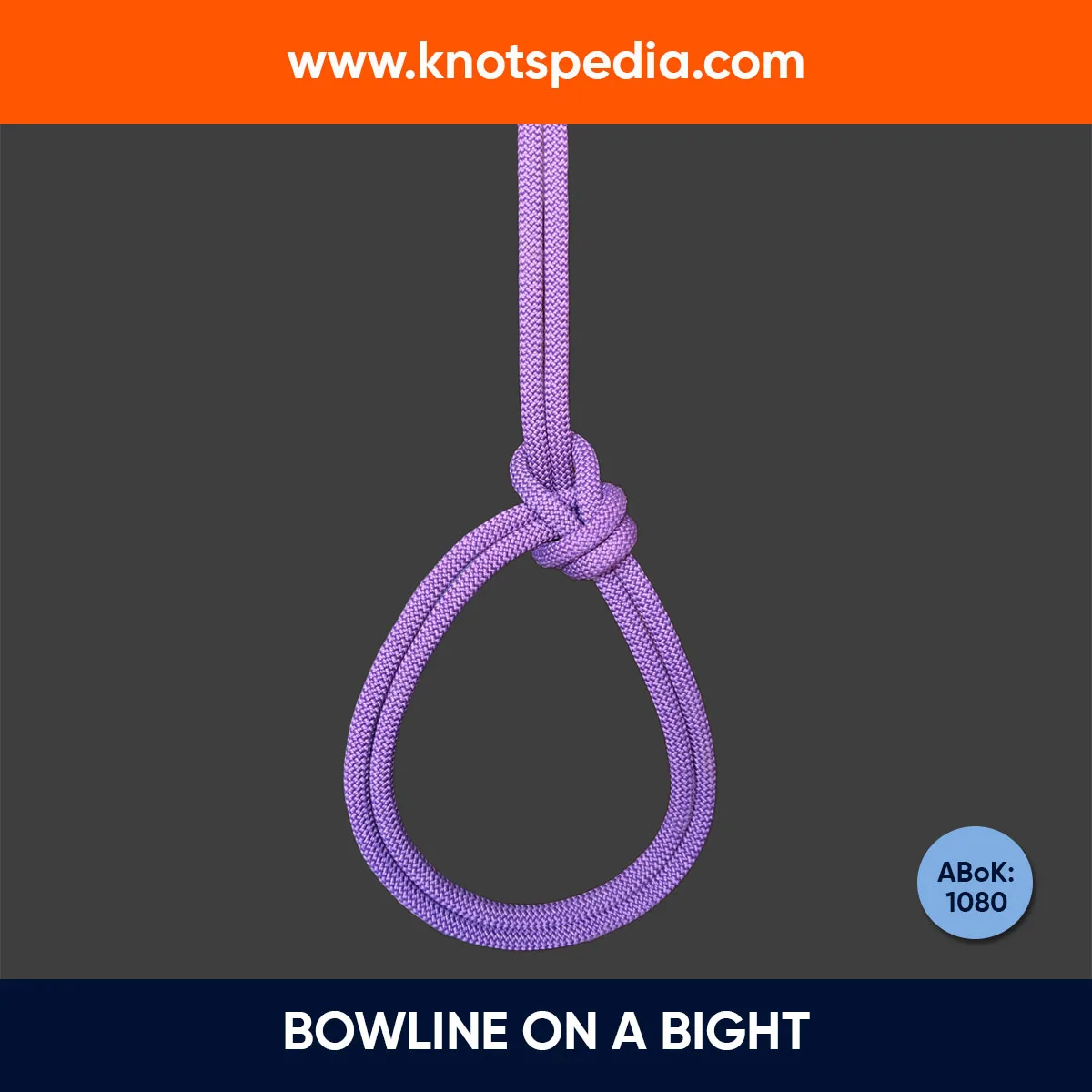
The Bowline on a bight makes a secure loop in the middle of a piece of rope, ideal for making a secure foothold in the middle of a piece of rope or for creating a Bosun’s chair.
Please share your experience with the Double Figure 8 loop knot in the comment box. We would love to hear from you!
If you like the article, please Share it with your family and friends!
